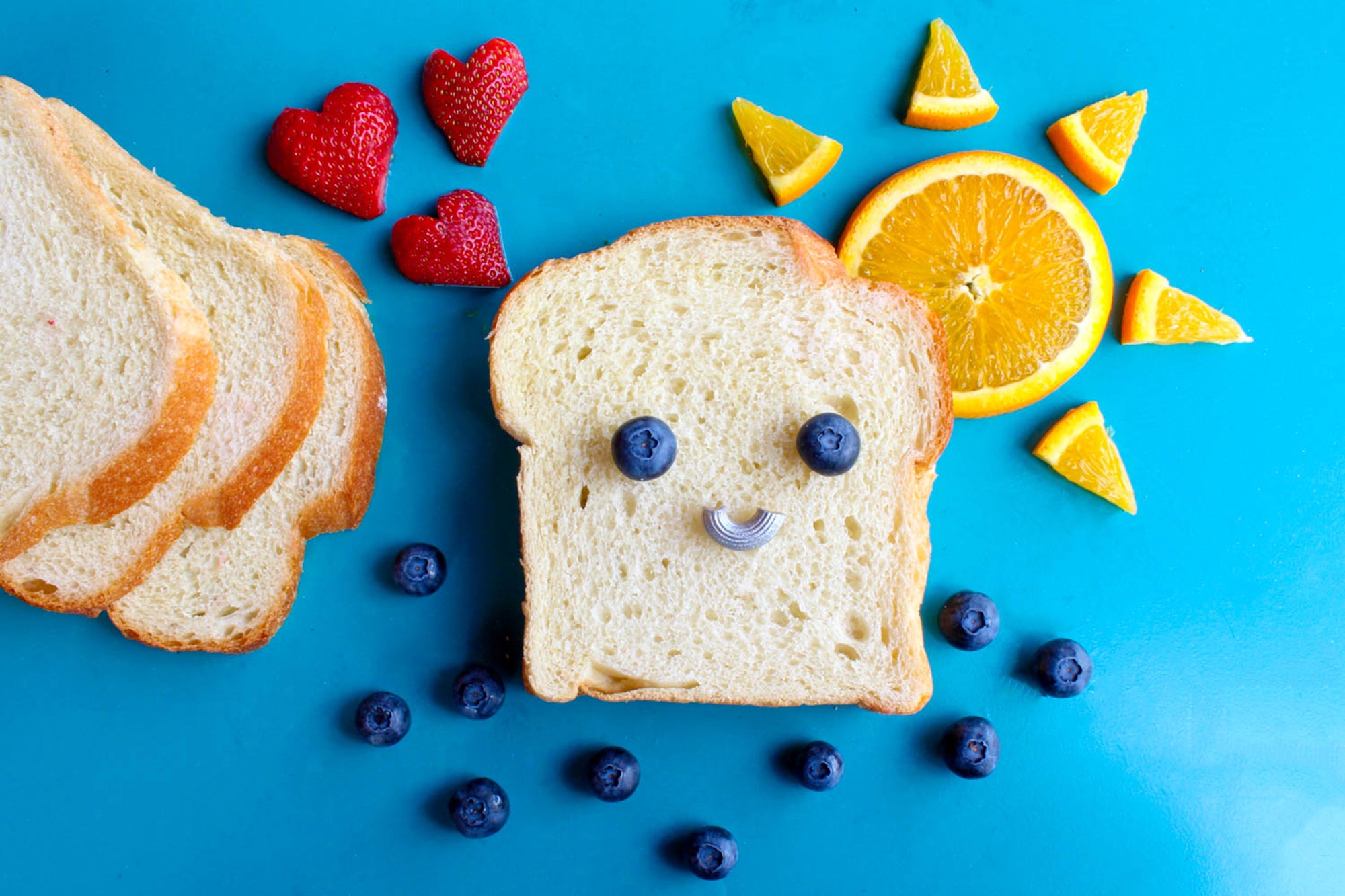The KonMari organizing method has been around for a couple of years, but some of its ideas and methods can still be confusing for some people looking to live a more organized life. Here is how the KonMari method can help you get organized, starting with your clothing:
What is it?
According to the KonMari method, organizing should not happen room by room, but item by item. In this way, people are able to properly organize and find a home for one specific item, which may be scattered throughout a home. Clothes are recommended as the first item to start organizing. Organizing begins by collecting all of the like items together and laying them on the ground so you can get a good look at what you have. Then, you go through each item to determine whether or not it makes you happy or “sparks joy.”
Karen, at Calm Order recommends to start with areas with the least amount of attachment. Clothing may not necessarily be easy for some. Sometimes it is going through the pantry or kitchen which may just be an easier place to start.
Often, we hold on to items for sentimental or practical purposes. Maybe the item of clothing was on sale, or a gift. Regardless of how or why you got it, if it doesn’t make you happy or you never wear it, you should simply donate it. The KonMari is based on only owning items in your home that have meaning and bring you joy.
Items should be organized and put in a place that is easy to find and access. Fancy storage solutions aren’t always the answer, and extra drawers and cupboards may encourage more clutter instead of stopping it. The KonMari method encourages people to focus on the folding and storage of items to prevent clutter. If items are special to you, you should treat them well. For example, your cloths should be folded and stored in a way that prevents them from getting wrecked or wrinkled and is easy for you to find and wear.
How is it done?
The unique KonMari method has attracted a lot of popularity for its complex steps and ability to significantly increase storage. Whether it is a t-shirt, pair of pants, or socks, any article of clothing you own can be folded using the KonMari method. This guide provides step by step illustrations of how you can fold your clothes using the KonMari way.
Once your clothes are folded properly, they need to be properly placed in your closet or wardrobe. Instead of organizing by colour, the KonMari method organizes clothing by light and dark clothing. For example, keep heavier winter sweaters separated from light summer blouses. This will also help you find clothes and pick out your outfit easier because similar items will all be placed together.
Clothes in drawers are not stacked on top of each other but stored vertically. This way, it is easier to see what clothes you have and prevents shirts or pants from getting lost at the bottom of your drawer. By folding items in the precise KonMari way, you’ll also cut down on wrinkles, so everything is ready to wear when you need it.
Where else can you use this method?
The KonMari folding method can be used to help you organize your clothing for a vacation or a home move. Use the folding method to save space in your suitcase when you travel and prevent your clothes from getting too wrinkled before you reach your destination. You can even store your folded items in storage cubes.
Clothes can also be folded using this method when you’re packing up your belongings before moving. You will be able to fit a lot more items of clothing in a box or plastic bin by stacking your shirts, pants, and other articles of clothing vertically instead of horizontally. You will also be able to easily see what items you have stored in what box, and quickly transfer the clothing after your move back to your wardrobe or closet.
The KonMari method can help with organizing more than just your clothes – its basic principles can be applied to any item in your home. However, in order to make sure your newly-organized items stay organized, you need to ensure that you continue to keep clutter down. Remember to only keep items that bring you joy and make sure that every item has a proper and easy to access home. The KonMari method is not meant to help with one-time organization, but help you stay organized for the long term.













